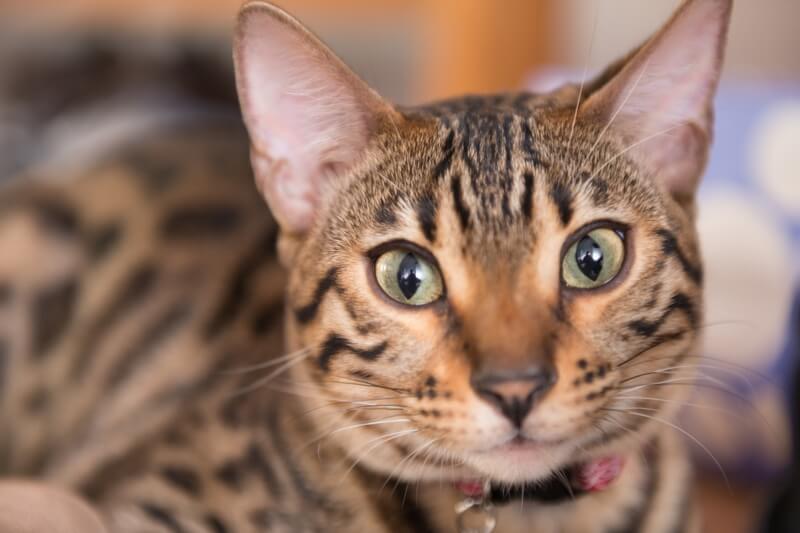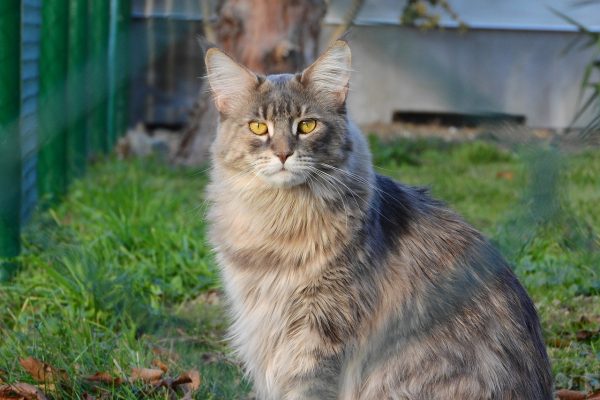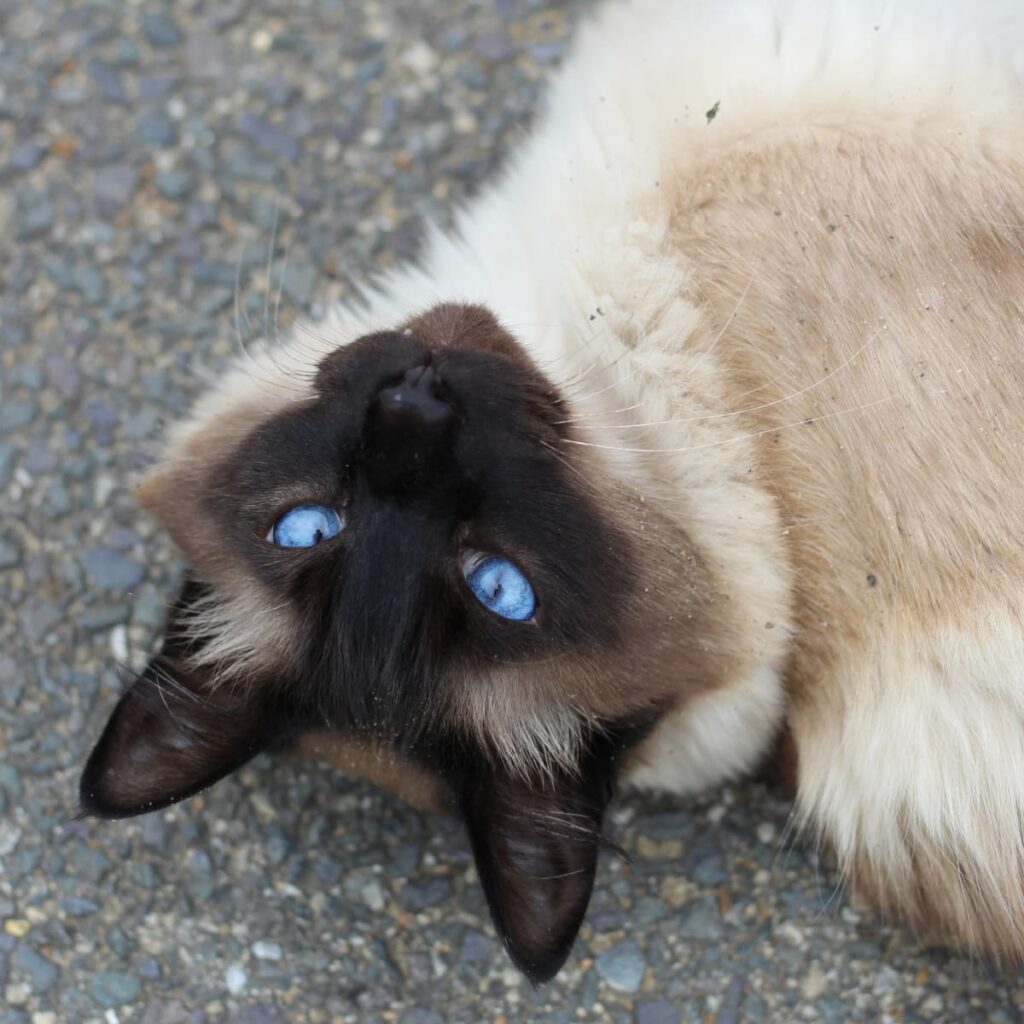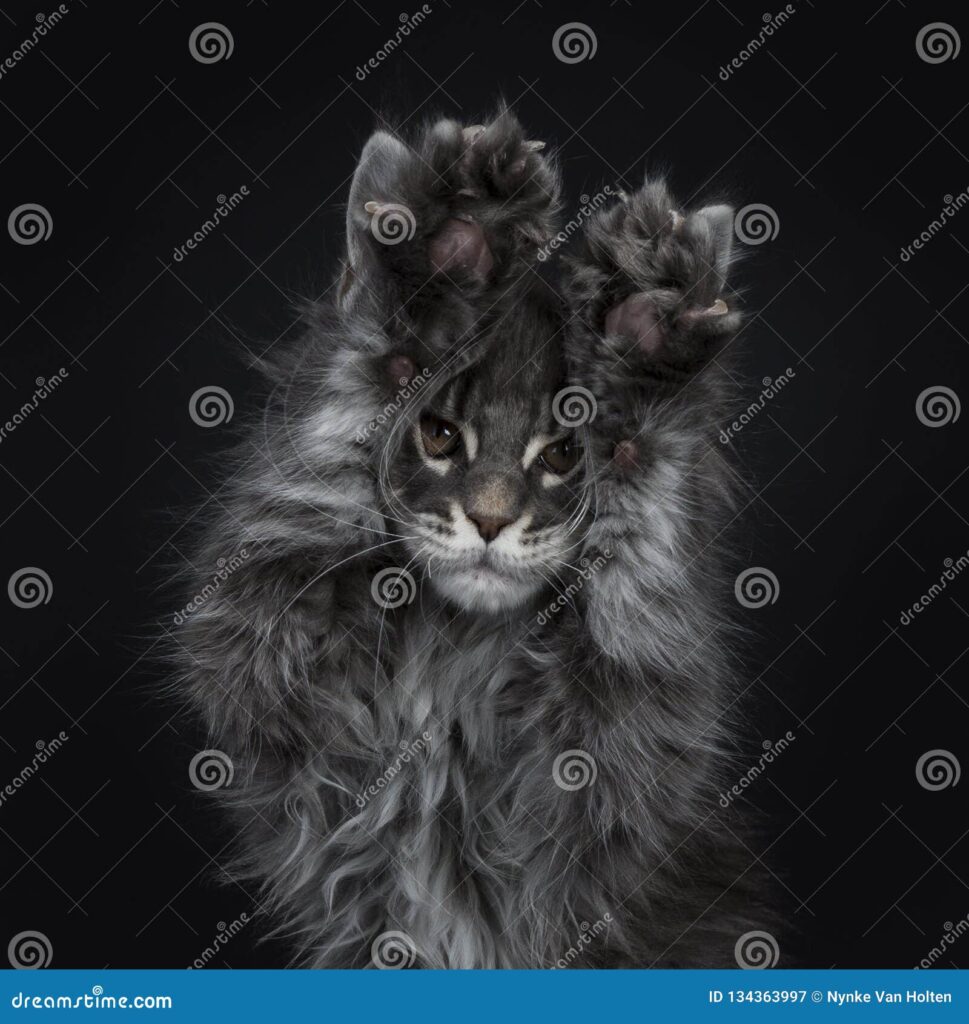Bengal cats are not hypoallergenic and may cause sneezing in people with allergies. Bengal cats are known for their stunning appearance and playful nature.
However, if you suffer from allergies, you may be wondering if these feline beauties are hypoallergenic. Unfortunately, Bengal cats are not considered hypoallergenic. They still produce the allergenic protein called Fel d 1, which can cause allergic reactions in sensitive individuals.
This protein is found in a cat’s saliva, urine, and dander, and can trigger symptoms such as sneezing, itching, and watery eyes in people with allergies. So, if you’re prone to allergies, it’s important to consider this before bringing a Bengal cat into your home.
Contents
- 1 Bengal Cats And Allergies
- 2 The Hypoallergenic Myth
- 3 What Causes Allergies In Humans?
- 4 Bengal Cats And Fel D 1 Levels
- 5 Factors Affecting Allergenicity
- 6 Managing Allergies With Bengal Cats
- 7 Alternative Breeds For Allergy Sufferers
- 8 Frequently Asked Questions For Are Bengal Cats Hypoallergenic? Will These Make You Sneeze?
- 9 Conclusion
Bengal Cats And Allergies
Many people wonder if Bengal cats are hypoallergenic and if they can cause allergies. While no cat breed is completely hypoallergenic, Bengal cats are known to cause fewer allergies compared to other breeds.
Common symptoms of pet allergies include sneezing, coughing, runny nose, itchy eyes, and skin irritation. However, it’s important to note that allergies can vary from person to person. Some individuals may be more sensitive to certain allergens than others.
Bengal cats produce less of the Fel d 1 protein, which is a common allergen found in cat saliva, dander, and urine. This protein is often the main trigger for allergies in people who are sensitive to it.
If you have allergies and are considering getting a Bengal cat, it’s recommended to spend time with one before making a decision. This will help you assess your sensitivity to Bengal cats and determine if they are suitable for your allergies. Additionally, keeping your home clean and using air purifiers can help reduce allergens in your living environment.
The Hypoallergenic Myth
Hypoallergenic is a term commonly used to describe substances or animals that are less likely to cause an allergic reaction in individuals who are sensitive to allergens. It suggests that something is “hypo” or less allergenic.
Bengal cats are often believed to be hypoallergenic due to their short coat and low production of the allergenic protein, Fel d 1, found in cat dander. This protein is the main culprit for allergic reactions in cat-sensitive individuals.
However, it is important to note that no cat breed is entirely hypoallergenic. While Bengal cats may produce less Fel d 1 protein, they still produce it to some extent. Allergic reactions can also be triggered by other allergens, such as saliva or urine, which are present in all cats, regardless of breed. Additionally, an individual’s level of sensitivity can vary, and what may cause a reaction in one person may not affect another.
What Causes Allergies In Humans?
Understanding allergens is crucial in determining whether Bengal cats are hypoallergenic. Protein Fel d 1 is a major allergen found in cats, including Bengal cats. This protein is secreted through their saliva, skin, and urine, which then becomes airborne as cat dander. Cat dander consists of dead skin cells, hair, and dried saliva, and it can trigger allergic reactions in sensitive individuals.
Allergic reactions occur when the immune system perceives these allergens as harmful and releases histamines to protect the body. Histamines are responsible for the typical allergy symptoms like sneezing, itching, and nasal congestion. Although Bengal cats produce less Fel d 1 compared to other cat breeds, they are not completely hypoallergenic.
It’s important to note that individual reactions to allergens can vary. Some people may be more sensitive to cat allergens than others, making it essential to spend time with Bengal cats before making a decision. Regular cleaning and grooming can also help reduce the allergen levels in the environment.
:max_bytes(150000):strip_icc()/are-there-hypoallergenic-cats-1362484063-2000-d9f39d9075e24855919388267ea4ea8d.jpg)
Credit: www.dailypaws.com
Bengal Cats And Fel D 1 Levels
Bengal cats have lower levels of the allergenic protein Fel d 1, making them a potential option for those with allergies. However, individual allergies may still vary, so it’s advisable to spend time with a Bengal cat before committing to bringing one into your home.
Factors Affecting Allergenicity
Genetics and allergenic traits: The hypoallergenicity of Bengal cats can be partly determined by their genetics. Some individuals may produce fewer allergenic proteins, such as Fel d 1, that are known to trigger allergic reactions. However, it’s important to note that no cat breed is completely hypoallergenic, as allergenicity can vary even among cats of the same breed.
Environmental factors influencing allergenicity: Aside from genetics, environmental factors also play a role in a Bengal cat’s allergenicity. These factors include the presence of allergens in the surrounding environment, such as pollen or dust, which can exacerbate allergies in sensitive individuals. Keeping the living space clean and minimizing exposure to potential allergens may help reduce allergic reactions.
Impact of grooming and bathing on allergens: Regular grooming and bathing can help reduce allergens on a Bengal cat’s fur, which may contribute to a decrease in allergic reactions. Grooming techniques like brushing and wiping the cat’s coat with damp, hypoallergenic wipes can help remove allergens and dander. However, it’s worth noting that bathing a cat too frequently can strip their fur of natural oils, leading to dry skin and potential irritation.
Managing Allergies With Bengal Cats
- Keep a clean house by vacuuming frequently to remove pet dander
- Wash bedding and curtains regularly to eliminate allergens
- Consider using hypoallergenic bedding and air filters to minimize exposure to allergens
- Designate pet-free zones in your home, such as bedrooms, to create a safe haven
- Bathe your Bengal cat regularly to reduce dander and allergen levels in their fur
- Invest in a good quality cat brush to help remove loose hair and dander
- Consult with an allergist to explore allergy shots or medication options
- Try natural remedies like saline nasal rinses or using a neti pot to alleviate symptoms
- Consider adopting an adult Bengal cat, as their dander production is often lower than kittens
Creating an allergy-friendly environment for Bengal cats is essential to ensure a harmonious coexistence. By implementing these tips, you can help reduce allergic reactions and enjoy the companionship of a Bengal cat without constant sneezing or discomfort.
Alternative Breeds For Allergy Sufferers
For individuals with allergies, non-shedding and hypoallergenic cat breeds can be a great option to minimize allergic reactions. While Bengal Cats are not considered hypoallergenic, there are other breeds that are known for being less likely to cause allergies.
The Siberian Cat is a breed that produces fewer allergenic proteins in their saliva, making them a popular choice for allergy sufferers. Their dense fur and low allergen levels make them less likely to trigger allergic reactions.
The Balinese Cat, with its long and silky coat, is another breed that is often considered hypoallergenic. They produce less of the Fel D1 protein, which is the main allergen that affects individuals with cat allergies.
The Devon Rex is a breed known for its curly coat, which sheds very little. These cats also produce less Fel D1 protein compared to other breeds, making them a good option for allergy sufferers.
| Breed | Fur Type | Level of Allergenic Proteins |
|---|---|---|
| Siberian Cat | Dense | Low |
| Balinese Cat | Long and Silky | Low |
| Devon Rex | Curly | Low |
Frequently Asked Questions For Are Bengal Cats Hypoallergenic? Will These Make You Sneeze?
Are Bengal Cats Ok For People With Allergies?
Yes, Bengal cats can be suitable for people with allergies due to their low dander production. They produce less allergenic protein, making them a potential option for those with allergies to cats.
How Do You Stop Sneezing From Cat Allergies?
To stop sneezing from cat allergies: – Keep the cat out of your bedroom. – Use allergen-blocking bedding and air filters. – Vacuum and clean regularly to reduce cat dander. – Consider allergy medication or immunotherapy. – Wash hands after petting the cat and avoid touching your face.
Can Cats Make You Sneeze?
Cats can make you sneeze due to their dander, which is a common allergen.
Are Bengal Cats Allergen Free?
Bengal cats are not completely allergen-free, but they are generally hypoallergenic. This means they produce fewer allergens that cause allergic reactions in people. However, individual reactions may vary, so it’s important to spend time with a Bengal cat before bringing one home if you have allergies.
Conclusion
To summarize, Bengal cats are not considered hypoallergenic, as they do produce allergenic proteins. However, individuals with allergies may still find that they have a lesser reaction to Bengal cats due to their lower dander levels. It’s crucial to remember that everyone’s allergies vary, so it’s important to spend time with a Bengal cat before making a decision.
By doing so, you can assess your personal reaction and make an informed choice.
Katie Lindsey is a passionate cat lover and founder of Cats Solution, a comprehensive resource for all things feline. With a lifelong love for cats and extensive knowledge in their care and behavior, she provides expert advice and solutions to cat owners. Through her website, Katie fosters a supportive community where cat enthusiasts can find guidance and heartwarming stories. A dedicated advocate for animal welfare, Katie also promotes responsible pet ownership and adoption. Join her on this purr-fect journey celebrating the joy of feline companionship.



